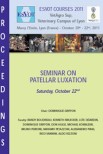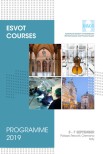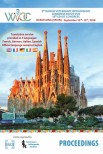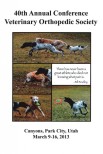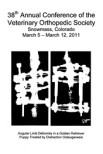This case report demonstrates the development and management of an osseous cyst-like lesion in the spongiosa of the navicular bone in a high-level show jumper with chronic intermittent forelimb lameness. The first evidence of navicular bone pathology was increased signal intensity on fat-suppressed images in the medulla of the right navicular bone, which progressed to a cystic lucency identified on radiographs at 24 months. The horse's progress was documented over a period of 2 years and 2 months, including lameness investigation, treatment, radiographs, and six follow-up standing low-field magnetic resonance imagings. At the last clinical recheck, the horse showed no signs of lameness and continued to compete in show jumping at an international level event.
Development of an Increased Signal Intensity in Fat-Suppressed Images into a Navicular Cyst of an 11-Year-Old Warmblood Horse Evidenced by Six Follow-Up Standing Low-Field Magnetic Resonance Imaging Examinations Over 2 Years
Date
February 2013
Journal
Journal of Equine Veterinary Science
Volume
33
Number
2
Pages
136-141
